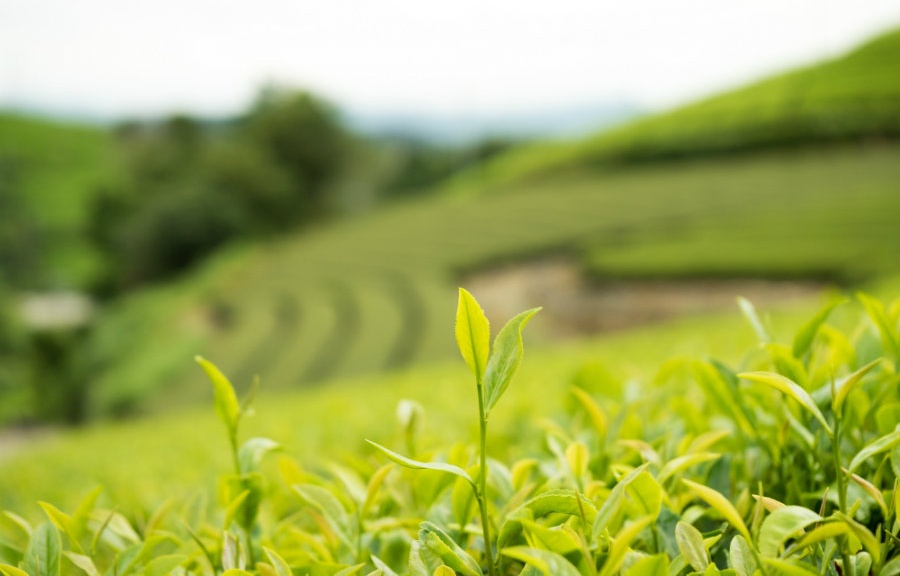A Historical Walk Through Japanese Tea
From the expert flick of the wrist while whipping finely ground matcha into a froth during a tea ceremony to the terraced tea fields lining the hillsides across the country, and the casual cups of sencha (everyday green tea) offered when visiting a friend, tea culture is virtually synonymous with Japanese culture.
By Highlighting Japan
http://www.gov-online.go.jp/eng/publicity/book/hlj/html/201509/201509_13_en.html
Tea is served in offices, when visiting family, and at many shops when a customer is considering a major purchase. It’s hard to imagine life in Japan without tea. In fact, explains Yusuke Matsubayashi of Kyoto’s Asahiyaki pottery workshop, even though it is now called the living room, an older expression for the common space in a home is cha no ma (literally “tea space”).
Aside from the cold northern region of Hokkaido, tea is produced in every part of Japan, and the nation offers a number of representative brands. Shizuoka Tea hails from the nation’s foremost tea-producing region, accounting for 40 percent of national output. Sayama Tea from Saitama Prefecture, located near Tokyo, gained popularity among common people in the nation’s capital during the Edo Period (1603-1868). Yame Tea from Fukuoka Prefecture is known for high-quality gyokuro, a kind of green tea made from plants shaded during cultivation. Chocolate and ice cream made with Japanese green tea have even recently seen a rise in popularity overseas.
Many regions in the country harvest excellent Japanese tea. But to visit the Yamashiro region, just south of Kyoto City in Kyoto Prefecture, is to connect to the origins of tea in Japan, which stretch back 12 centuries. Tea first filtered into Japan from China via Buddhist temples, and was enjoyed as an import for a few hundred years. About 800 hundred years ago, however, tea cultivation began in Uji. The story of the area’s tea culture is now registered under Japan Heritage as A Historical Walk Through 800 Years of Japanese Tea.
Tsuen Tea
https://www.youtube.com/watch?v=JVkocdNbGhw&feature=youtu.be
Tsuen Tea, situated on the east side of famed Uji Bridge, has been in business since 1160 and is Japan’s oldest continuously operating purveyor of tea. Yusuke Tsuen, the 24th-generation owner of the shop, explains the history as he heats water over a brazier and then uses a bamboo ladle to pour it first into the teacups, then the teapot, checking the temperature by touch.
First serving as bridge guards for high-ranking officials, the Tsuen family began offering tea to daimyo (lords), monks and other travelers crossing the bridge, eventually leading the clan to establish a tea shop. Travelers still flock to this iconic shop, coming from near and far to buy the high-quality sencha, matcha (ceremonial green tea powder), gyokuro, and countless other varieties.
Tsuen, whose long hair, black-framed glasses and cool young aspect belie the expertise with which he prepares the tea as strains of koto music play in the background, says you don’t have to be an expert in the tea ceremony to enjoy Japanese tea. “In our shop, we want our customers to drink tea however they like. If they enjoy it, that’s the most important thing.”
Tsuen Tea also sells tea sweets like matcha dango (chewy pounded rice dumplings), matcha pound cakes and matcha ice cream parfaits with sweet red beans and bits of mochi, but he doesn’t recommend eating tea-flavored sweets while drinking tea. “It muddies the flavor of the tea,” he notes. Instead, he says, try drinking tea with other sweets or snacks, or on its own.
Wazukacha Café
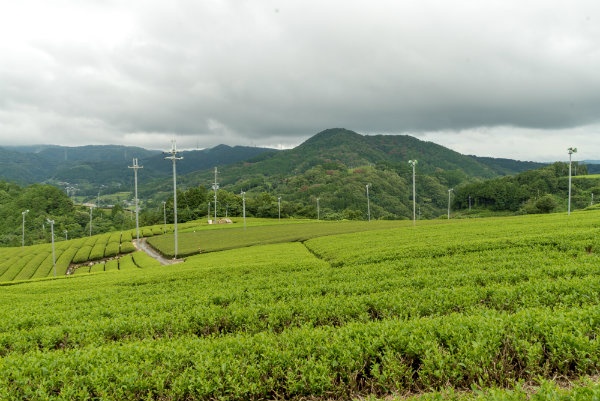
http://www.gov-online.go.jp/eng/publicity/book/hlj/html/201509/201509_13_en.html
In the nearby town of Wazuka, visitors can explore tea cultivation up close. The Wazukacha Café, situated near hillside tea fields, features a small shop with local teas where guests can learn tea preparation techniques.
The café also rents out electric-assist bicycles so visitors can explore the picturesque undulating green fields at their leisure, gliding through a tableau dotted with the occasional worker in a wide-brimmed hat bent over the bushes, handpicking tender tea leaves. The fields in this area are family-owned, with about 300 small farms situated shoulder to shoulder. One person can manage about 1.5 hectares; a pair, such as a married couple, might cultivate twice that.
Asahiyaki Pottery Workshop
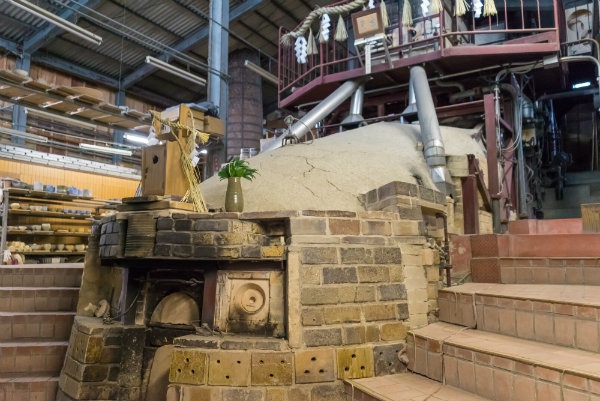
http://www.gov-online.go.jp/eng/publicity/book/hlj/html/201509/201509_13_en.html
Back near Uji Bridge, the Asahiyaki pottery workshop sits unobtrusively on a handsome cobbled path next to the river. Established by the Matsubayashi family in 1600, Asahiyaki has been making exquisite tea ceramics for over four centuries and through more than 15 generations, with every piece made by hand onsite.
Beginning with matcha bowls, Asahiyaki has created tea vessels for nobility and tea masters, and around 150 years ago during the Edo Era developed a distinctive teapot especially made for sencha. The clay is sourced in Uji from the same land that produces the tea, and the same water used to prepare the tea for drinking is used in creating the pieces.
Obakusan Mampuku-ji Temple
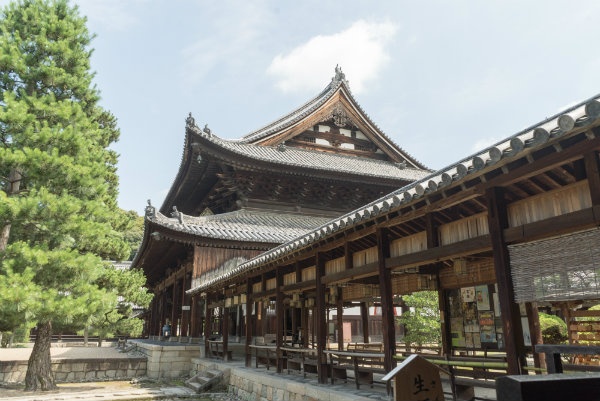
http://www.gov-online.go.jp/eng/publicity/book/hlj/html/201509/201509_13_en.html
To steep themselves further in the history of sencha, visitors can visit Obakusan Mampuku-ji Temple in Uji City. Founded by Chinese Zen master Ingen, this temple is the head of the Obaku Zen sect, one of several Zen sects in Japan. It’s also the temple famous for popularizing senchado, or “the way of steeped tea,” in the 18th century. In addition to the raked gravel, lotus flowers and Chinese air of the temple, guests can enjoy steeped tea and Zen Buddhist vegetarian cuisine here.
Ujicha Dojo
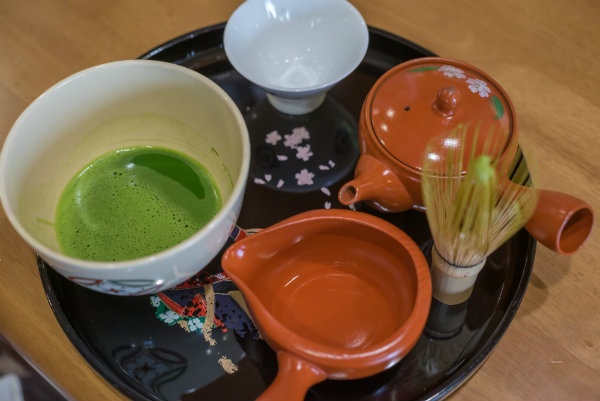
http://www.gov-online.go.jp/eng/publicity/book/hlj/html/201509/201509_13_en.html
The Ujicha Dojo is for those who take their tea quite seriously and want to learn how to prepare tea and perform the tea ceremony from tea professionals. The methods used here—as overseen by Isamu Tamiya, a tea ceremony practitioner for 60 years—are exacting: the water for gyokuro, for example, must be heated to 70ºC, and gradually cooled to 40ºC, before 40 milliliters are added to 5 grams of tea leaves and allowed to steep until the water is absorbed and the tea assumes a certain shade of green.
Byodoin Omotesando
https://www.youtube.com/watch?v=QB-hpkmb-r8&feature=youtu.be
Finally, a stroll down the Byodoin Omotesando, a flagstoned shopping street that runs from the west side of Uji Bridge to the UNESCO-recognized Byodo-in Temple, will turn up a double handful of tea shops and cafés for browsing and snacking.
Tea connoisseurs won’t be disappointed with a trip to Uji—there’s plenty to absorb.


